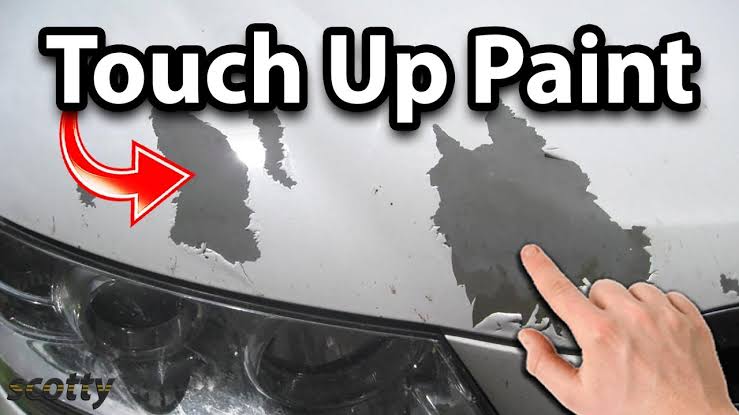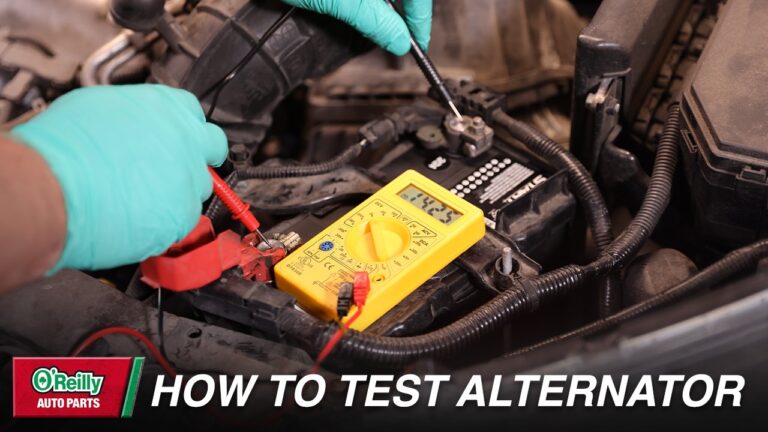Does Touch-Up Paint Work?

Touch-up paint is a go-to solution for covering scratches, chips, or blemishes on your vehicle’s surface. While it promises to restore your car’s appearance, many people wonder, “Does touch-up paint work?”
In this article, we’ll explore how touch-up paint works, when it’s effective, and how to apply it for the best results.
What Is Touch-Up Paint?
Touch-up paint is a specially formulated automotive paint designed to cover minor imperfections on a car’s surface. It’s available in various forms, including:
- Brush applicators: For small scratches and chips.
- Pen applicators: Precise application for fine scratches.
- Spray cans: For slightly larger areas.
Most touch-up paints are matched to your car’s specific color, which can be found using your vehicle’s paint code.
Does Touch-Up Paint Work?
Yes, touch-up paint works effectively for small scratches and chips, provided it is applied correctly and the damage is minor. However, its success depends on several factors, including the depth of the damage, the quality of the paint, and the skill of the application.
When Touch-Up Paint Works Best
1. Small Scratches and Chips
Touch-up paint is ideal for covering shallow scratches or stone chips. These minor imperfections don’t compromise the metal underneath.
2. Surface-Level Damage
It works well when the damage is limited to the clear coat or paint layer and doesn’t expose the bare metal or primer.
3. Quick Fixes
If you’re looking for a quick and inexpensive way to improve your car’s appearance, touch-up paint is a practical option.
When Touch-Up Paint May Not Work
1. Deep Scratches or Dents
If the damage penetrates to the metal or causes rust, touch-up paint may not provide a lasting fix. Rust needs to be removed, and primer or filler may be required before applying paint.
2. Large Areas of Damage
Touch-up paint is not designed for repairing large areas of paint damage or peeling paint. A professional respray may be necessary in such cases.
3. Poor Color Match
If the touch-up paint doesn’t match your car’s original color, the repair may stand out, making the damage more noticeable.
How to Apply Touch-Up Paint
Step 1: Gather Supplies
- Touch-up paint matched to your car’s color.
- Fine-grit sandpaper.
- Rubbing alcohol or cleaner.
- Clear coat (optional, for extra protection).
- Microfiber cloths.
Step 2: Clean the Area
- Wash the damaged area thoroughly to remove dirt and debris.
- Use rubbing alcohol to ensure the surface is free of wax or grease.
Step 3: Sand the Area (if needed)
- Gently sand the damaged area to smooth out rough edges or remove rust.
- Wipe away dust with a clean cloth.
Step 4: Apply the Touch-Up Paint
- Shake the paint well to ensure proper mixing.
- Use a fine brush or pen applicator to apply the paint in thin, even layers.
- Allow each layer to dry before applying the next one.
Step 5: Apply Clear Coat (Optional)
- Once the paint is dry, apply a clear coat for added protection and shine.
Step 6: Polish and Buff
- After the paint and clear coat have cured (usually 24–48 hours), gently polish the area to blend the repair with the surrounding paint.
Pros and Cons of Touch-Up Paint
Pros
- Cost-Effective: Much cheaper than professional repairs.
- Convenient: Can be done at home with basic tools.
- Prevents Rust: Protects the exposed surface from corrosion.
Cons
- Limited to Minor Damage: Not suitable for large or deep damage.
- Skill-Dependent: Results can vary based on application technique.
- Color Matching Issues: Slight differences in color may be noticeable.
Tips for Success
- Choose the Right Paint: Use the exact color code for your car.
- Be Patient: Allow each layer of paint to dry completely before applying the next.
- Practice First: Test the paint on a hidden area before applying it to visible parts of your car.
- Avoid Extreme Temperatures: Apply paint in a shaded, dust-free area with moderate temperatures.
Frequently Asked Questions
1. Will touch-up paint last long?
Touch-up paint can last for years if applied correctly and protected with a clear coat. However, exposure to harsh weather or improper application can shorten its lifespan.
2. Can I fix deep scratches with touch-up paint?
Deep scratches require additional preparation, such as rust removal and primer application, before using touch-up paint.
3. Does touch-up paint look professional?
While touch-up paint can improve the appearance of minor damage, it may not be as seamless as a professional repair.
4. How do I find my car’s paint code?
Your car’s paint code is typically located on a sticker inside the driver’s door jamb or under the hood.
5. Can touch-up paint fix peeling clear coat?
No, peeling clear coat usually requires professional repair and repainting.
Conclusion
Touch-up paint is an effective and affordable solution for repairing minor scratches and chips on your car’s surface. While it works best for surface-level damage and small imperfections, it’s important to follow proper application techniques for the best results.
For more extensive damage or if you’re looking for a flawless finish, seeking professional assistance may be a better option. With the right tools and patience, touch-up paint can help you maintain your car’s appearance and protect it from further damage.
Also Check:
• Does Goof Off Remove Super Glue?






One Comment